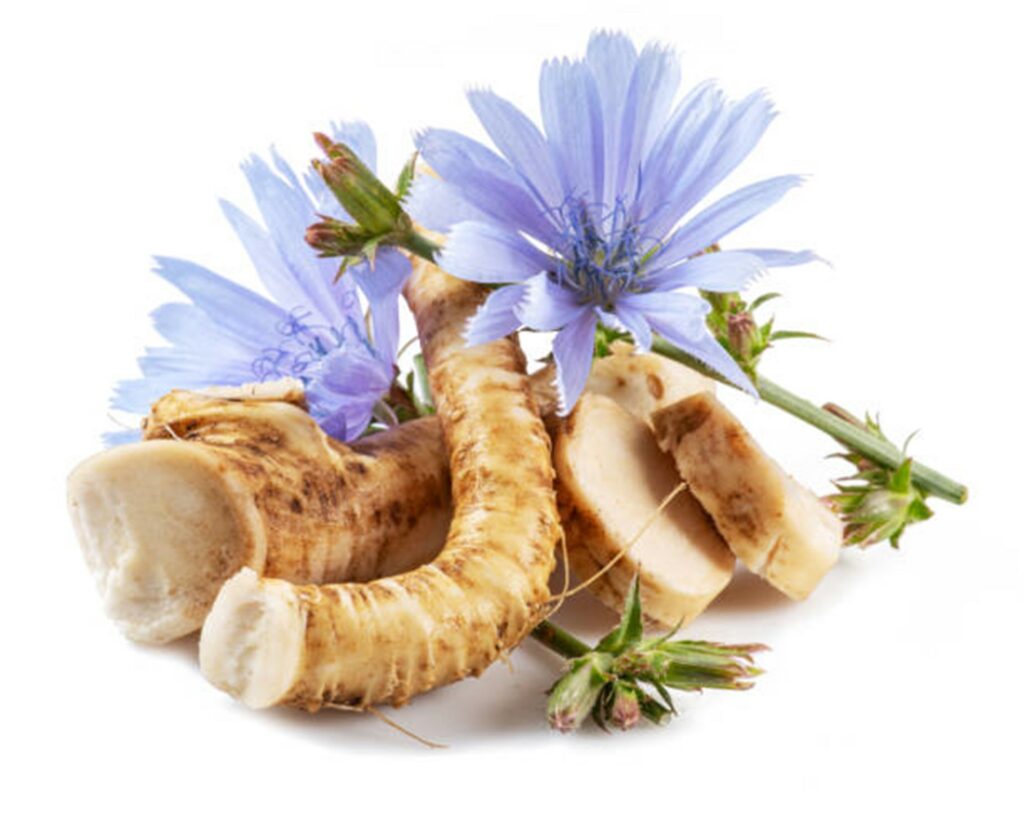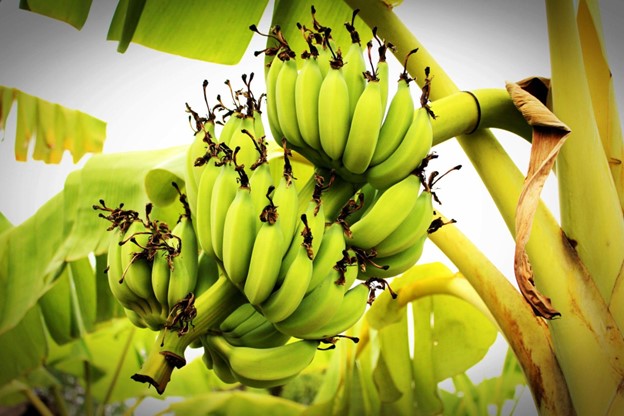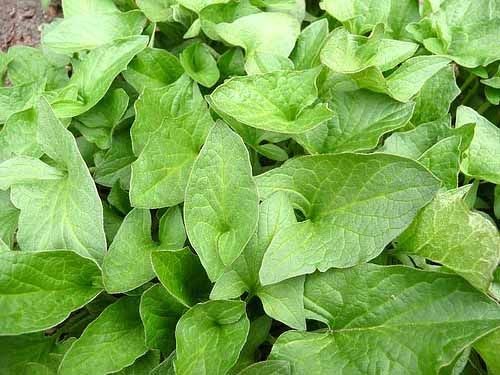Introduction:
In a world dominated by convenience foods and processed snacks, it’s easy to forget the incredible nutritional power hidden in the wild plants that flourish all around us. Wild plant nutrition is a treasure trove waiting to be discovered, offering an array of vitamins, minerals, antioxidants, and unique flavors that can enhance your diet in unimaginable ways. In this article, we’ll delve into the world of wild plant nutrition, uncovering 10 highly nutritious wild plants that you can seamlessly incorporate into your meals. But that’s not all! We’ll also provide you with a list of 10 everyday plants that pack a nutritional punch to elevate your daily eating habits.
Unveiling the Wild Wonders: 10 Highly Nutritious Wild Plants
1. Dandelion Delight
Often dismissed as pesky weeds, dandelions are actually nutritional powerhouses! Bursting with vitamins A, C, and K, along with calcium and iron, these sunny blooms can be used in salads, soups, or even brewed into a refreshing tea.
2. Nettle Nirvana
Don’t let the sting deter you! Nettles are rich in iron, magnesium, and protein. Blending them into smoothies or sautéing them with garlic can create a delectable dish that supports healthy bones and boosts your immune system.
3. Purslane Perfection
Purslane’s succulent leaves are a great source of omega-3 fatty acids and antioxidants. Toss them into your stir-fries or mix them with yogurt for a zesty twist. This unassuming plant can contribute to heart health and radiant skin.
4. Chicory Charm
Chicory’s bitter leaves can add a delightful contrast to salads. They’re also known to aid digestion and promote liver health. Rich in inulin, chicory supports gut bacteria, making it a must-include in your wild plant nutrition journey.

5. Burdock Bounty
Burdock roots are not only fantastic for cleansing the body but also brimming with fiber for improved digestion. Roast or sauté these roots for a nutty flavor that complements your culinary creations while benefiting your overall health.
6. Garlic Mustard Magic
Garlic mustard, with its garlicky and peppery notes, can elevate any dish. Packed with vitamin A, C, and E, it’s a wild plant nutrition gem. Use it to enhance flavor and nutrition in your pasta, omelets, or pesto sauces.
7. Plantain Power
No, we’re not talking about the banana-like fruit! Plantain leaves are renowned for their soothing properties. Infuse them into teas to ease digestion or create poultices for skin irritations. This wild plant offers a holistic approach to well-being.

8. Sorrel Sophistication
Sorrel’s lemony tang adds a burst of freshness to salads and soups. High in vitamin C, this wild delight can strengthen your immune system and keep your taste buds intrigued. Wild plant nutrition has never been so flavorful!
9. Lambsquarter Love
Lambsquarter leaves resemble spinach and are rich in calcium, iron, and vitamin A. Sauté them with a dash of olive oil and garlic for a side dish that promotes bone health and supports your vision.

10. Clover Comfort
Clover, often found underfoot, is a wild plant that’s as versatile as it is nutritious. Its leaves are filled with phytonutrients that offer a health boost. Add them to sandwiches or use them as a garnish to unlock wild plant nutrition effortlessly.
Elevating Everyday Nutrition: 10 High Nutrient Daily Life Plants
As we celebrate the wonders of wild plant nutrition, let’s not forget the nutritional gems that exist within our daily lives! Incorporating these 10 everyday plants into your diet can supercharge your well-being without requiring a trek through the wilderness:
- Spinach: A classic nutritional powerhouse, spinach is loaded with iron, vitamins A and K, and fiber. Use it as a base for salads, blend it into smoothies, or sauté it as a side dish.
- Kale: Hailed as a superfood, kale boasts an impressive nutrient profile, including vitamin C, calcium, and antioxidants. Create crispy kale chips or massage kale leaves for a delicious salad base.
- Blueberries: Bursting with antioxidants, blueberries offer a sweet way to boost your immune system and support brain health. Enjoy them on their own, atop yogurt, or blended into a morning smoothie.
- Avocado: Creamy and rich in healthy fats, avocados are a source of potassium, vitamin E, and folate. Spread avocado on toast, add it to salads, or blend it into creamy sauces.
- Sweet Potatoes: These vibrant tubers are high in vitamin A and fiber. Roast them as fries, mash them as a side, or incorporate them into stews for a dose of wholesome goodness.
- Quinoa: A complete protein, quinoa is packed with amino acids and fiber. Use it as a base for grain bowls, mix it into salads, or serve it as a side dish.
- Broccoli: Rich in vitamin C and folate, broccoli supports immune function and cell growth. Steam, roast, or stir-fry it to retain its nutritional potency.
- Cauliflower: A versatile veggie, cauliflower is a source of vitamins C and K. Create cauliflower rice, mash, or even buffalo “wings” for a unique twist on nutritious eating.
- Almonds: Nuts are nutritional powerhouses, and almonds are no exception. They provide healthy fats, protein, and magnesium. Snack on them or use almond butter as a spread.
- Beans: Whether black, kidney, or chickpea, beans offer protein, fiber, and a range of vitamins and minerals. Add them to soups, salads, or create hearty bean-based dishes.
Frequently Asked Questions about Wild Plant Nutrition
Q1: Are wild plants safe to eat?
Yes, many wild plants are safe for consumption, but it’s crucial to properly identify them to avoid any toxic varieties. Utilize reputable field guides or consult with experts before consumption.
Q2: Can I find these wild plants everywhere?
The availability of wild plants varies based on location and season. Research which plants are indigenous to your region and when they thrive.
Q3: Are wild plants more nutritious than cultivated ones?
Wild plants often boast higher nutrient levels due to their adaptability to various environments. However, the nutritional content can vary widely between species.
Q4: Can I forage for wild plants sustainably?
Absolutely! Follow ethical foraging practices, such as taking only what you need, leaving no trace, and avoiding protected areas.
Conclusion:
In a world where convenience often trumps nutrition, wild plant nutrition offers a refreshing perspective. These 10 highly nutritious wild plants can redefine your culinary journey, introducing flavors and health benefits you never thought possible. Remember, you don’t need to venture into the wilderness to enjoy the benefits of nature’s bounty. Incorporating the 10 high nutrient daily life plants into your meals can lead to a well-rounded, vibrant lifestyle. So, why not embark on a journey to discover the wild plant nutrition wonders and transform the way you eat? Your taste buds and your health will undoubtedly thank you for it!

Leave a Reply